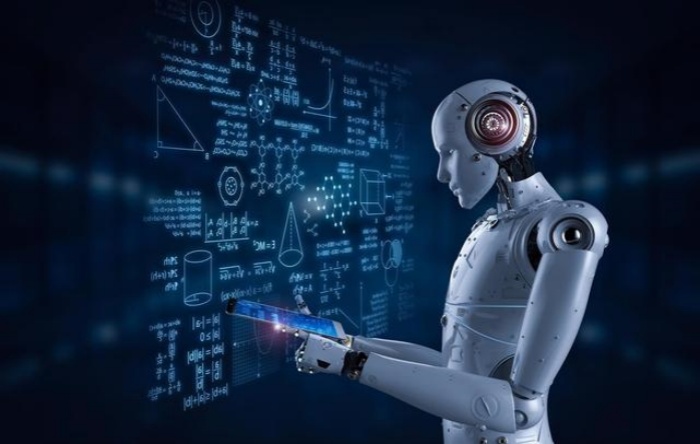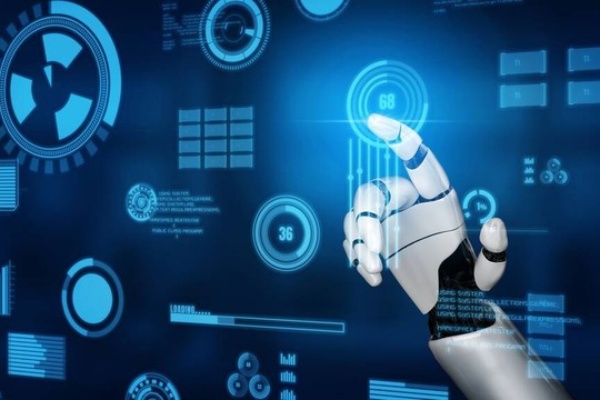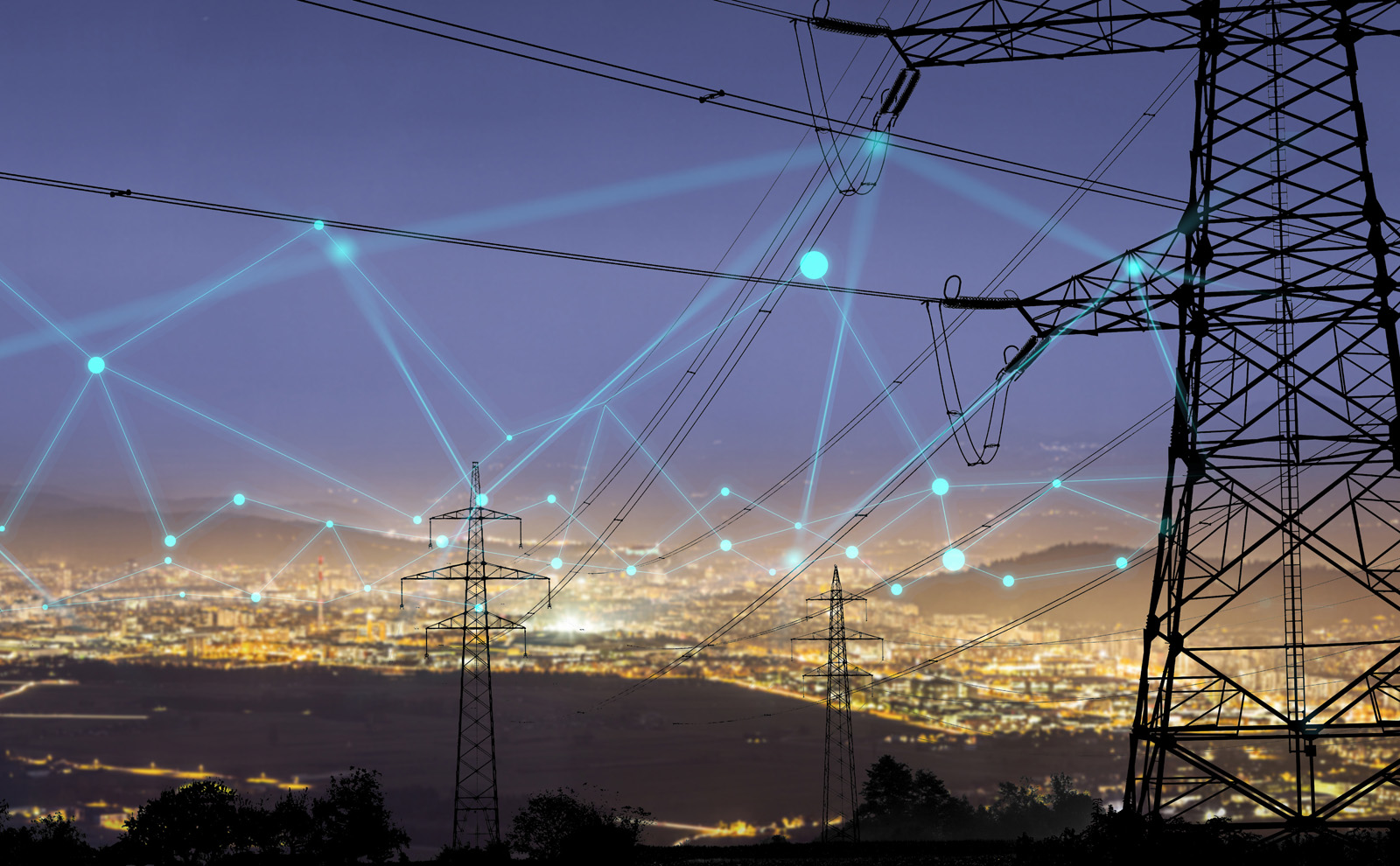Introduction
Artificial Intelligence (AI) has permeated numerous industries, revolutionizing processes, enhancing efficiency, and enabling new innovations. Among these industries, electrical engineering has emerged as a significant beneficiary of AI’s transformative capabilities. From power systems management to predictive maintenance, AI’s applications are reshaping the landscape of electrical engineering. This essay explores how AI, particularly generative and discriminative models, is impacting electrical engineering, driving innovation, and addressing critical challenges.

Historical Context of AI in Electrical Engineering
Early Applications
The journey of AI in electrical engineering began with early technologies like neural networks and expert systems. These systems facilitated advancements in areas such as system optimization and fault detection. Machine learning algorithms were employed to enhance forecasting accuracy and streamline data processing.
Machine Learning’s Emergence
In the 1990s and early 2000s, machine learning techniques became integral to anomaly detection and predictive modeling. These innovations addressed challenges in system reliability, enabling engineers to anticipate and mitigate potential disruptions.
Evolution of Computing Power
The evolution of computing power and digital connectivity has unlocked unprecedented opportunities for AI integration. Modern computing enables the processing of vast datasets, making real-time decision-making and predictive analytics viable in complex electrical systems. Cloud computing, for instance, facilitates decentralized data processing, allowing engineers to collaborate globally and solve multifaceted problems.

Key AI Technologies in Electrical Engineering
Generative AI
Definition and Examples
Generative AI, such as ChatGPT and DALL-E, produces content, simulates scenarios, and augments data visualization. These models generate new insights and streamline content creation processes. さらに, tools like generative design software are employed in creating innovative hardware layouts and testing virtual prototypes.
Current Applications
In electrical engineering, generative AI is utilized in productivity tools, customer support, and educational platforms. For instance, chatbots powered by AI enhance user interaction by providing quick, accurate responses. さらに, generative AI supports the design of energy-efficient electrical systems by suggesting optimized configurations based on simulated data.
Future Potential
Generative AI’s potential lies in its ability to enhance grid planning, improve reliability, and optimize energy distribution. Its application in visualizing complex systems enables engineers to design more resilient electrical networks. Future developments could see generative AI creating self-healing grids capable of automatically detecting and responding to faults without human intervention.
Discriminative AI
Definition and Examples
Discriminative AI focuses on predictive modeling and classification tasks. Examples include algorithms for fault detection and anomaly recognition. These models are particularly adept at isolating irregularities within complex datasets, ensuring quicker and more accurate diagnostics.
アプリケーション
Discriminative models are instrumental in identifying faults within power systems, enabling real-time diagnostics and decision-making. 例えば, these models analyze sensor data from electrical substations to detect and predict malfunctions, reducing downtime. In renewable energy systems, discriminative AI helps optimize energy output by predicting weather patterns and adjusting operations accordingly.
Applications of AI in the Power Sector
Predictive Maintenance
AI-driven algorithms predict equipment failures before they occur, reducing downtime and maintenance costs. By analyzing historical data, these systems provide actionable insights for efficient asset management. For instance, utilities use AI-powered predictive maintenance to monitor transformers and switchgear, enhancing operational longevity.
Grid Optimization and Management
AI optimizes grid performance by balancing renewable energy sources and managing demand fluctuations. Machine learning models enable precise load forecasting, ensuring efficient energy distribution and reduced wastage. In smart grids, AI algorithms dynamically adjust power flows based on real-time consumption data, improving grid stability and reducing outages.
Autonomous Control and Safety Mechanisms
AI-powered control systems enhance safety in industrial settings. Real-time monitoring enables swift responses to potential hazards, reducing risks and improving operational reliability. 例えば, automated environmental controls in manufacturing facilities ensure compliance with safety standards. Autonomous systems powered by AI are also being implemented in high-voltage systems, minimizing human exposure to dangerous conditions.

Challenges of AI Adoption in Electrical Engineering
Reliability and Interpretability
Generative AI models often lack interpretability, raising concerns about their reliability in critical applications. Ensuring these models align with stringent safety and performance standards remains a challenge.
Physical Constraints
The physical infrastructure of power grids presents challenges for seamless AI integration. Operational risks must be carefully managed to prevent disruptions. For instance, retrofitting legacy systems to accommodate AI solutions can be cost-intensive and complex.
Data Quality and Cybersecurity
AI systems depend on high-quality data, yet issues like data corruption and cyber threats can compromise their effectiveness. Ensuring data privacy and implementing robust cybersecurity measures are essential to protect sensitive infrastructure from malicious attacks.
Cost and Skills Shortages
The high costs associated with AI adoption, coupled with a shortage of skilled professionals, hinder widespread implementation. Investments in training programs and collaborative research initiatives are necessary to address these challenges.
Future Prospects and Innovations
Fully Automated Electricity Supply Chains
AI has the potential to enable fully automated supply chains, enhancing efficiency and reducing human intervention. Advanced robotics and machine learning could revolutionize logistics, メンテナンス, and energy production.
Emerging Projects and Case Studies
Wind Turbine Blade Design
Invertible neural networks are being used to optimize wind turbine blade designs, increasing efficiency and sustainability. By simulating various conditions, AI identifies designs that maximize energy generation while minimizing material costs.
Generative Models in Grid Planning
Generative AI augments datasets, improving grid planning accuracy and resilience. These models simulate future scenarios, helping engineers prepare for potential challenges such as extreme weather events or fluctuating energy demands.
Visualization Tools
AI-driven tools like ChatGrid offer innovative solutions for visualizing and designing complex electrical systems. These tools simplify the analysis of intricate data sets, making it easier to identify inefficiencies and implement improvements.
Collaboration and Innovation
Collaborative efforts between AI researchers, engineers, and policymakers are critical for advancing AI’s role in electrical engineering. Establishing open standards and frameworks for AI deployment can foster innovation and reduce barriers to adoption.

Benefits of AI in Electrical Engineering
Improved Efficiency
AI streamlines processes, enhances resource utilization, and minimizes operational inefficiencies. By automating repetitive tasks, engineers can focus on high-value problem-solving activities.
Enhanced Reliability and Safety
Predictive analytics and real-time monitoring bolster system reliability and ensure operational safety. AI’s ability to detect faults early prevents catastrophic failures and extends the lifespan of critical infrastructure.
Role in Decarbonization
AI aids in integrating renewable energy sources, contributing to the global energy transition and decarbonization goals. By optimizing energy storage and distribution, AI facilitates the adoption of cleaner energy alternatives.
Sustainability
By optimizing power usage, AI supports sustainable practices, reducing energy waste and environmental impact. For instance, smart buildings use AI to regulate lighting, 加熱, and cooling systems, achieving significant energy savings.
結論
AI is transforming electrical engineering by improving efficiency, reliability, and sustainability. Despite challenges like data quality and implementation costs, the potential benefits outweigh the barriers. Through collaborative efforts and continuous innovation, AI will play a pivotal role in shaping the future of electrical engineering, paving the way for smarter, more resilient systems. By addressing existing challenges and leveraging AI’s capabilities, the industry can unlock new opportunities and drive progress in energy management, automation, and beyond.


